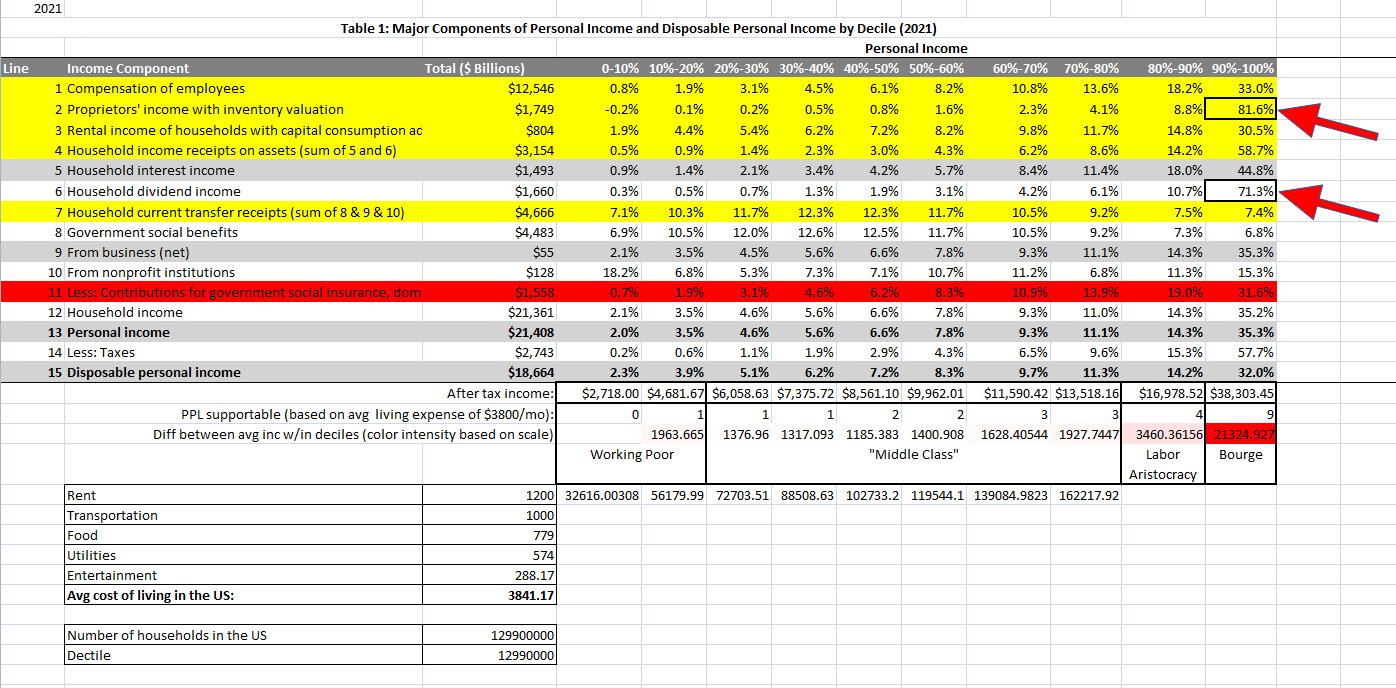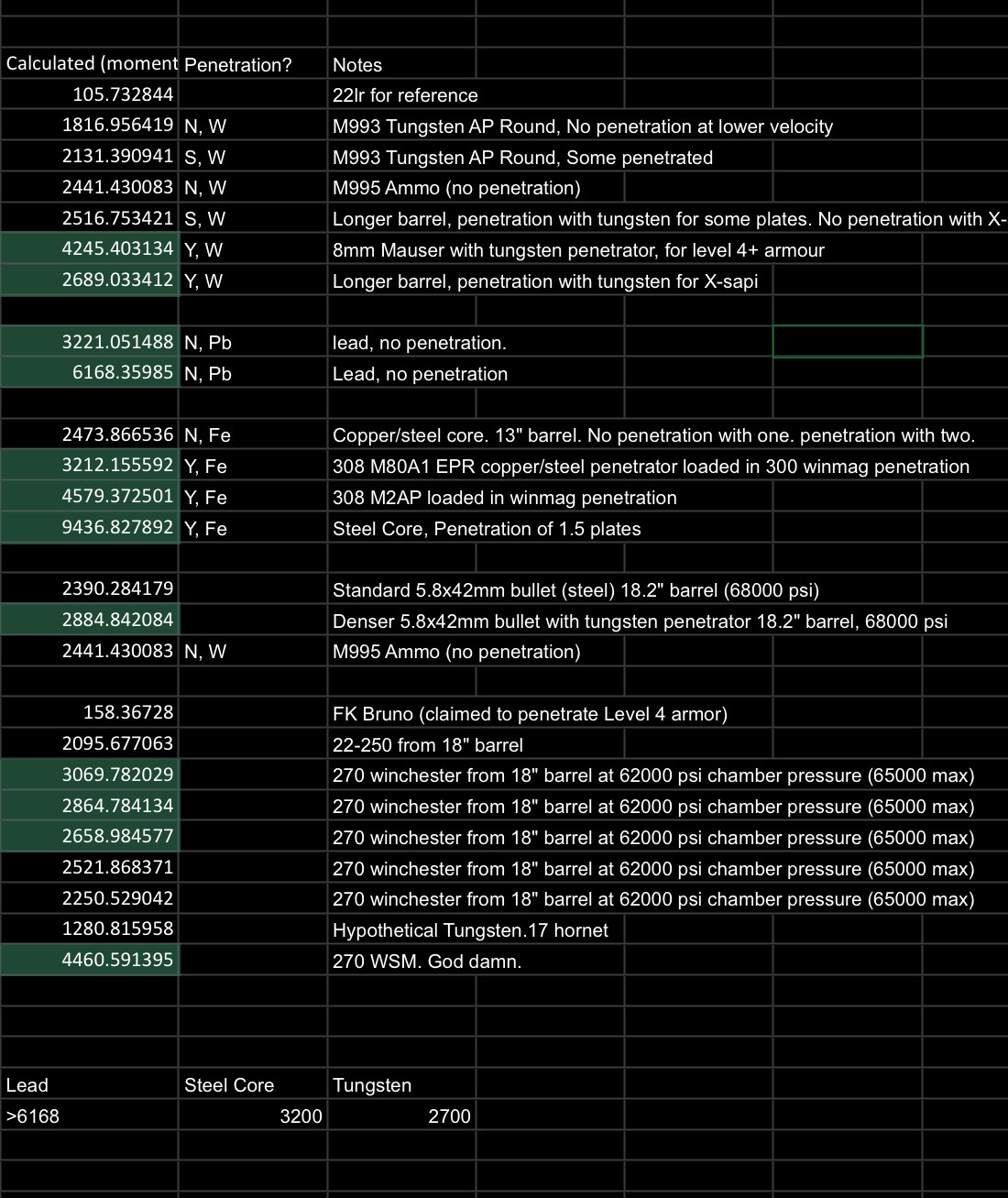Mises.org is a libertarian / neolib thinktank.
Ronin_5
That’s fairly idealist of you to claim that.
Why is it idealist? Three reasons:
First of all, the means of production, (and through which we can sustain the population density in the states) is industry. Without industry, farms will not be able to generate enough yield to sustain our population density.
Secondly, suppose that a revolution happens, and the American experiment is ended. Will the workers and the people who have revolted, agree to give the means of production to the aboriginals, essentially placing them as a new ruling class? It would be against working class interests.
Thirdly, human society will organize themselves in response to material conditions. In the case of the capture or gifting of the industrial mode of production to the aboriginals, the previously equitable aboriginals will reorganize themselves to for a new capitalist class.
A more equitable solution is to have aboriginals take part in the revolution and subsequently collectively own the land and means of production alongside the working class.
Racial and other hierarchies are developed in response to not just capitalism, but rather property, the defence of property, and the conquest of properties. As it is, whiteness is just another word for the capitalist class, as representative for the ruling hierarchical class. For example, Obama is white.
So, to get rid of whiteness, you must change/reorganize our current mode of production. (A la Lenin) But to have enough bargaining power to do that, you must organize across all the intersections.
And how do we do that? By focusing on our common interests, organizing around our common interests, and fighting for our common interests. How do we not do that? By focusing on our differences and hiding the capitalist contradiction through arguing about the contradiction between intersections.
Remember when we ran out a rocket scientist that went overseas and gave China ICBM’s? Let’s do that again.
-
They were protesting against vaccination and mandatory vaccination of truckers.
-
Half the sponsors of the convoy were from the US.
So I’m obviously against the convoy itself, but Trudeau needs to take an L on this. Otherwise it’ll set a bad precedent.
So this is why pokemon never made a 3D realistic game.
So that was a load of crap that doesn’t go into the causes of inflation. Here’s a brief summary of how inflation actually works:
Inflation is when the value of a good grows IN PROPORTION to the value of money. Yes, both things have value independent of each other, and as such, we can see supply driven inflation if a country’s currency is devalued with respect to other countries, as it makes it difficult to import feedstock.
There are two primary causes of inflation: supply driven inflation, and demand driven inflation. Supply driven inflation is when not enough goods are produced, as with covid supply chain disruptions. Demand driven inflation is when demand grows with respect to supply, as with using graphics cards to mine bitcoin.
It should be noted that even these are market forces caused by suppliers and consumers, suppliers and consumers themselves don’t directly set prices. The people who own the suppliers do. They must read and manipulate market conditions in order to get the most profit out of their product.
During covid, we have had supply driven inflation due to supply chain disruptions, and hoarding to a lesser degree. However, when these issues have been resolved, we haven’t witnessed prices going back to normal. This is because the bourgeois have successfully read and manipulated market conditions.
In a way, what the bourge has done is a variant of the application of the mass line. They saw that material conditions had forced consumers to acclimate to higher prices, making the conditions ripe for another price increase. So that’s what they did, then they sold it as the new normal.
TBC


Yep. Just a heads up for anyone who decides to click around the site.